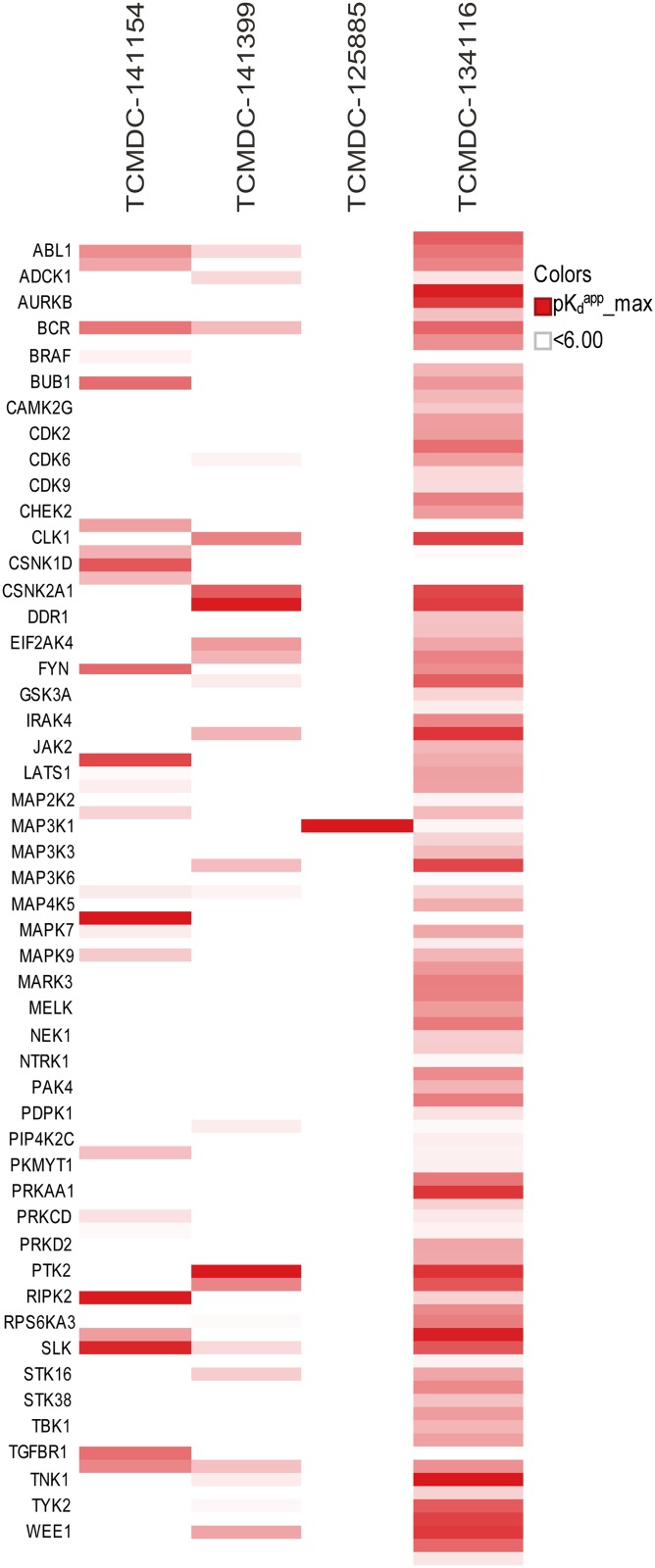Fig 6. Assessment of compound promiscuity with human kinases.
Kinobeads were incubated with K562 cell extract either in the presence of vehicle (DMSO) or TCAMS compound, respectively (20 μM-0.03 μM). Protein kinases captured by the beads (140–150 kinases per experiment) were quantified following tryptic digestion, isobaric peptide tagging, and LC-MS/MS analysis. Kinases were identified as potential targets by virtue of their reduced capture in the presence of excess TCAMS compounds. Apparent dissociation constants (Kd’s) were calculated from the extent to which capture of each kinase was reduced at each compound concentration. Kd values from duplicate experiments generally agreed with each other quite well (S2 Fig). Colored bands indicate kinase-ligand complexes with apparent pKd’s of ≥6, with darker shades denoting higher pKd’s. Kinases that did not have an apparent pKd of ≥6 for any of the compounds are not represented; only names of every other targeted kinase are shown due to space limitations. These results are summarized numerically in Table 3.

